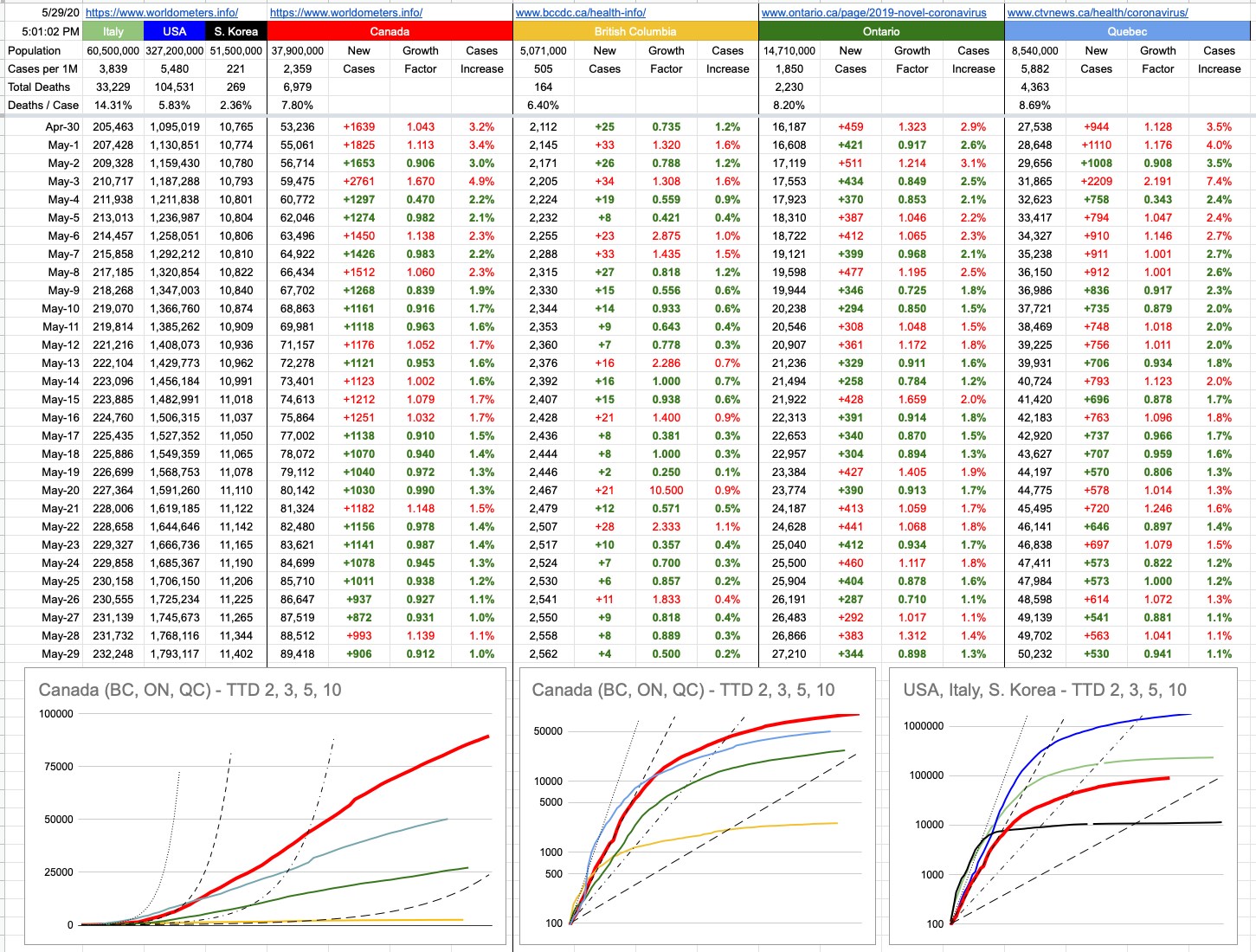July 15, 2020
I haven’t been in many actual fistfights in my life, but by far the most memorable one took place in the backseat of a car, where my very good friend and I took a scientific discussion to a whole new level.
This was on the very last leg of a long road-trip, so perhaps we were feeling a little stir-crazy, but what happened was this: We got into a discussion about The Universal Gas Constant which, using the conventional (and very convoluted) units, is generally agreed to be 8.31
More accurately, it’s 8.31446261815324, but you never need that many digits for these sorts of numbers. For example, Pi (π) is an irrational number, and goes on indefinitely… and there are people who love to memorize the first hundred or thousand or, in one case, more than 65,000 digits of it… but you only really need 39 significant digits of π to accurately calculate the circumference of the universe using the width of a hydrogen atom. The rest is just for show.
Anyway, in this case, my friend had written a test where the teacher had given some problems to solve, and told the students to assume the UGC was 8.32. I argued that’s just wrong. It can be 8.31 or 8.314 or 8.3144 or even 8.3145 if you round from after the 44… but there’s no version of proper rounding or significant digits that gets you to 8.32. You can not go from 8.3145 to 8.315 to 8.32… you just can’t.
The discussion turned violent after he suggested that for the purposes of that test, given it’s what the teacher imposed, it was right. And I argued that you can’t just create facts like that to make life easier and expect them to be correct. That very good friend is reading this, and he’s now a chemical engineer… so I’d be more than happy to hear an updated expert opinion…
Indeed, a more famous (and less violent) case of something similar was in Indiana, in 1897, when some guy tried to legislate Pi to be equal to 3. The guy had figured out some math that managed to squish a circle around a square “evenly”… and if you look at his math and his diagrams, they’re all obviously wrong, but if you subscribe to the idea that science or math is just an opinion, well… this certainly makes sense, and it certainly makes life easier. No more pesky irrational numbers. Looking at this guy’s math, if π were 3, then suddenly, the square root of two doesn’t need to be irrational either. While a good approximation for √2 is 99/70, his math showed how now it can be 100/70 – so much easier.
And indeed, this is the problem when you try to play with facts… which are, in fact, that… facts. Not opinions… that when you mess with them, you break everything else that’s associated with them. You can’t change the value of π or √2 without wrecking everything else. The reason it all holds together in the first place is because it’s not a fancy opinion. It’s facts… the same facts that define the laws of physics and the fabric of our universe.
Every once in a while, someone will publish something “proving” they’ve measured particles that exceed the speed of light. And instantly, the “Einstein was wrong”, “Science is just an opinion” crowd is all over it. It’s really painful to read those comment threads.
Once again, here’s the thing… particles exceeding the speed of light wouldn’t be one little thing; it’d destroy thousands of associated theories and dependencies upon which the world has relied for over 100 years. You can’t just undo facts.
And yet… one of the more baffling things going on these days is the idea, by some people, that science is just another opinion. Science offers us ideas, but so does the neighbour’s grandmother, who’s really good with tarot cards… and opinions are just opinions, so we should take both into account. Some doctors say vaccinations are good, but my neighbour’s grandmother’s step-sister’s nephew knows someone who got vaccinated, and then developed some rare form of cancer and died. Therefore, blahblahblah.
And today comes word that no longer will the CDC receive COVID-19 data directly from hospitals. Instead, it will all go to the White House, who will then decide what to dish out. The New York Times is quoted as saying, "[the] database that will receive new information is not open to the public, which could affect the work of scores of researchers, modelers and health officials who rely on C.D.C. data to make projections and crucial decisions."
Well… we will see how this all looks going forward. This shatters the confidence I have in the numbers I get from a source that directly gets them from the CDC… I have a bad feeling that this will feel like π being 3 and √2 being a rational number… because Trump wants it that way. Because Trump says so. Because Trump needs it to. Let’s just create the facts that will suit the narrative. And people will continue to get infected and die… in record numbers, and nothing will fit, and none of it will make sense… because, while you can change opinions, you can’t change fundamental facts. Why is this happening. How did we get here.
To three significant digits, The Universal Gas Constant is 8.31
And, like Donald Trump, both π and √2 are irrational. And while some things can’t change without disrupting the fabric of the universe, other things could… but choose not to.
View Original Post and All Comments on Facebook











